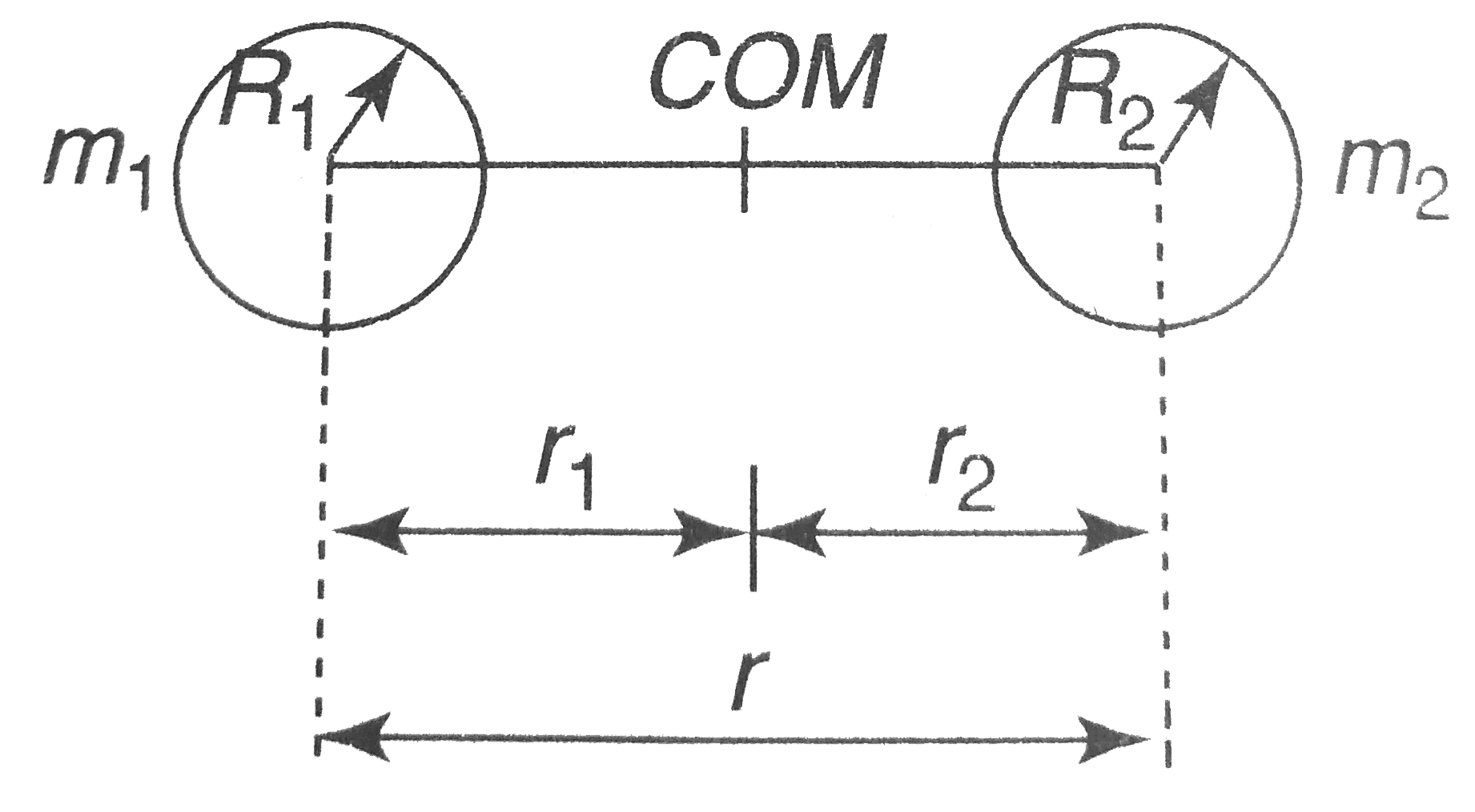The two components of Procyon have a separation of 4.55'' and period o 40.6 uears. If the distance of the binary is 11.3 light years, calculate the sum of the masses of the two stars in solar units. If the ratio of their masses is 3:1, find the mass of each star.
The correct Answer is:NA
Step by step video, text & image solution for The two components of Procyon have a separation of 4.55'' and period o 40.6 uears. If the distance of the binary is 11.3 light years, calculate the sum of the masses of the two stars in solar units. If the ratio of their masses is 3:1, find the mass of each star. by Physics experts to help you in doubts & scoring excellent marks in Class 12 exams.
Updated on:21/07/2023Topper's Solved these Questions
Similar Questions
The angular separation betwenteh two components of a binary star system is of 3.5'' whereas the distance of the binary is 10.2 light years. If the two components of the binary revolve with a period of 45 years, calculate the sum of the masses of the two components in solar units.
View SolutionA fainter of the two stars of a binary system revolves around the brighter one in an orbit of semimajor axis 20AU with a period of 35 euars. Calculat the usm of the masses of the two stars of the binary system.
View Solution
Knowledge Check
Two stars situated at distances of 1 and 10 light years respectively from the earth appear to possess the same brightness. The ratio of their real brightness is
A1:10B10:1C1:100D100:1The vapour densities of two gases are in the ratio of 1:3 . Their molecular masses are in the ratio of : -
A1:3B1:2C2:3D3:1The vapour densities of two gases are in the ratio of 1:3. Their molecular masses are in the ratio of:
A1:3B1:2C2:3D3:1
Two satellites having their masses in the ratio of 4:9 are revolving in orbits of radius R. The ratio of their time periods will be
View SolutionTwo nuclei have their mass numbers in the ratio of 1:3. The ratio of their nuclear densities whould be
View SolutionTwo nuclei have their mass numbers in the ratio of 1:3. The ratio of their nuclear densities would be
View SolutionAn organic compound of two gases are in the ratio of 1:3 Their molecular masses are in the ratio is:
View SolutionBinary stars of comparable masses rotates under the influence of each other's gravity at a distance [2Gω2]1/3 where ω is the angular velocity of each of the system. If difference between the masses of two stars is 6 units. Find the ratio of the masses of smaller to bigger star.

View Solution
